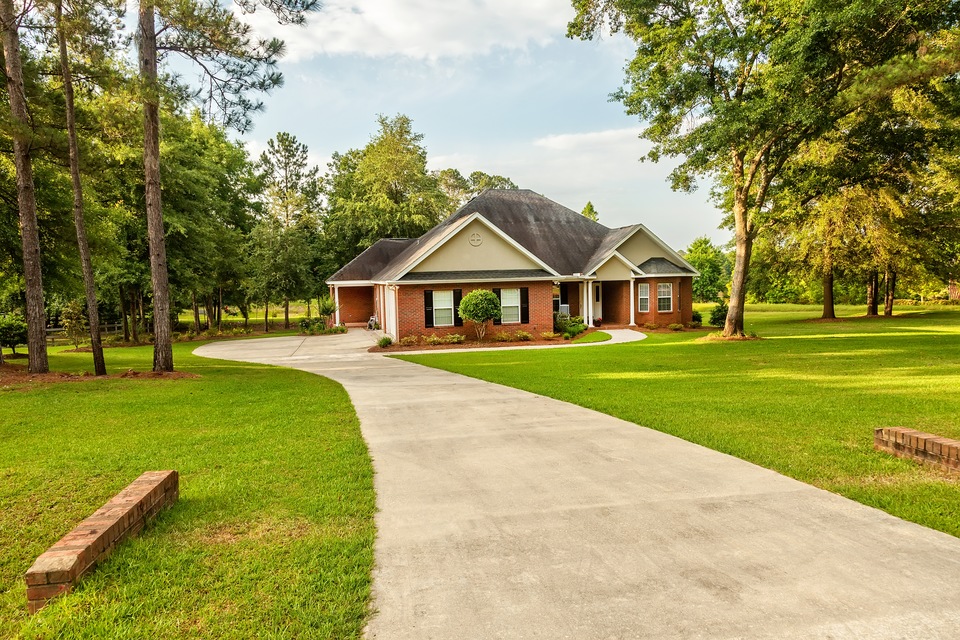As we talked about in an earlier blog, one of the most important things to take care of before a hurricane is your home’s trees and landscaping. You want to preserve the beauty of these trees, but at the same time you don’t want their branches to turn into debris during a big summer thunderstorm or hurricane.
So what should you watch out for this summer? Here are a few of the most common potential hazards:
Codominant stems: What are codominant stems? The term may be unfamiliar, but you’ve probably noticed them in neighbors’, friends’ or even your own yard. Codominant stems are weakly attached branches that “stemmed off” from the base of the tree, causing a split in two different directions. When the codominant stems share included bark and continue to grow, they become more vulnerable to breakage and detachment from the tree.
Codominant stems aren’t ideal, but you can do something to prevent the branches from breaking off, without necessarily having to cut down the tree altogether. Contact your local arborist and see if you can secure the stems with steel cable, or if there’s another way to limit the risk of breakage.
New or young trees: While a young, growing tree may not be large enough in size to damage your home, you’ll still want to take measures to protect the tree itself. Wood posts or stakes to help the tree stand up better to high winds may be what you need.
Full, dense canopies: A lush, dense canopy is beautiful… it’s what we all want for our trees! But the rich green cover may be concealing weak or overgrown branches that can turn into debris during a storm. You or an arborist should thoroughly check out the canopy for such branches and trim them if necessary.
Freestanding trees: Trees on their own are a little less apt at standing up to high winds. You may want to consider supporting the tree with wood posts and trimming the branches to ensure that none are pulling the tree in one direction.
While you obviously won’t have time to grow a new set of trees for that added protection, it is something you may want to think about in the future. Clusters of trees can serve as a wind barrier for your home, making them a natural choice for Florida homeowners!
Decaying wood: Checking your tree for signs of decay is a good practice any time of year. These signs can include fungi growing at the base of your tree, unusual holes, bark falling off, rotting wood and more. You will want to identify the cause of decay before picking out a product to help fight it—you may need a fungicide, for instance, to control decay caused by mushrooms or a pesticide to clear out bugs. Your tree can be surprisingly resilient and can grow past a decay problem when you find it early enough.
Never think you have to tackle tree issues on your own—and you may find that anything beyond a simple branch trim is better reserved for professional arborists, anyway! In any case, the best thing you can do is to be observant of your trees and respond if you see something unusual. This hurricane season doesn’t have to mean the end of your beautiful landscape!

Previous Article
Next Article